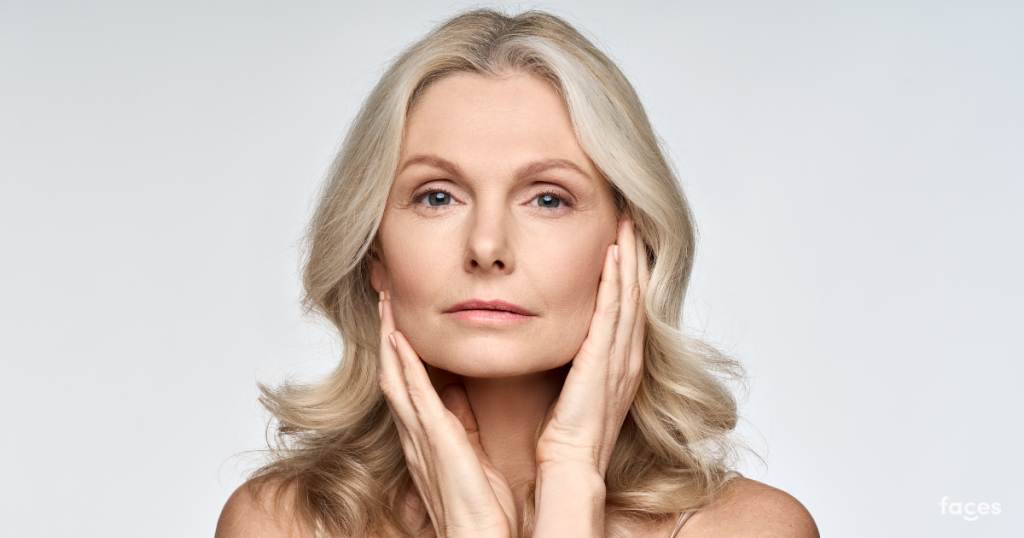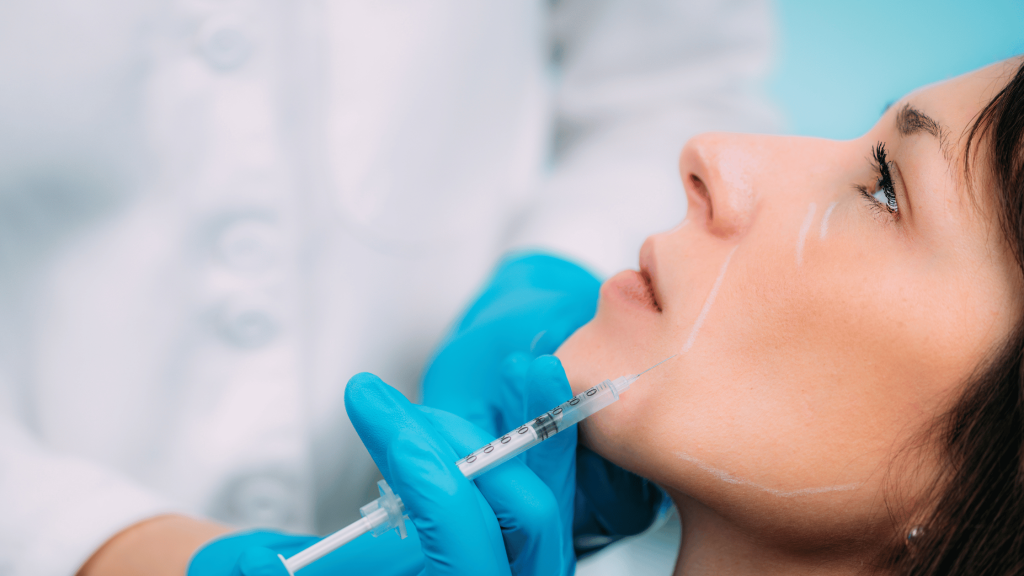
Did the chicken or egg come first? Does our mood reflect our facial expressions, or does our facial expressions reflect our mood? We assumed that our emotions directed our facial expressions, but studies have suggested that our facial expressions determine our emotions – which is affected by Botulinum Toxin.
You cannot feel depressed if you are smiling and being expressive with your face. To feel depressed, you need to have a little expression on your face, look sad, look down and curl up your body. Whenever my children are upset or start crying, I first get them to open their bodies up, look towards the sky and crack a joke to get them to smile, and it works every time.
Researchers also understood the above strategy and started asking themselves whether preventing a negative facial expression, such as frowning, could change that person’s mood and help with depression.
How Facial Expressions Influence Emotions
Our facial expressions have evolved over millions of years. Charles Darwin 1872 wrote, “A man may be absorbed in the deepest thought, and his brow will remain smooth until he encounters some obstacle in his train of reasoning, or is interrupted by some disturbance, and then a frown passes like a shadow over his brow.”
We can all tell if someone is angry by a negative facial expression such as frowning. We know the opposite of the hostile frown is the cheerful smile.
“A smile cures the wounding of a frown” – Shakespeare
Let’s go back and look at the negative facial expression of frowning. Depending on which muscles are recruited, there are different types of frowns (sad versus angry), and each one has a different meaning. If the inner part of your eyebrows points upwards whilst frowning, you will look sad. You will look angry if the eyebrows are drawn together and down whilst frowning.
The Science Behind Frowning
Frowning occurs by the contraction of the glabellar muscles, of which there are two major ones – the corrugator supercilii and the procerus. It is the corrugator supercilii that contributes more to the frown. Translated from Latin, corrugator supercilii means ‘the wrinkler above the eye’, and the contraction of this muscle draws the eyebrows together to create the frown.
We all know that the appearance of a frown will tell others exactly what you are feeling, but let’s take it a step further: the actual process of frowning will say to you what you are feeling, and this creates a state in your conscious mind, and this will influence your decisions and your results.
Hollywood’s Secret: Acting and Emotion Recreation
Suppose we postulate that your facial expressions determine your emotions and mood at any given time. Then, where can we seek this evidence? Hollywood. Actors have to take up their various roles and associated moods regularly.
As far back as the 18th century, a German dramatist Gotthold Ephraim suggested that ‘the actor properly imitates all the external signs..and all the bodily…expressions of a particular (inner) state’ and therefore, they will recreate this internally all the same emotions, thoughts and feelings of the acted part. This began the research into ‘facial feedback’.

Ball and Darwin on Expressions and Emotions
Charles Ball, in Essays on the Anatomy and Philosophy of Expression, wrote, “By the actions and expressions of the body betraying the passions of the heart we may be startled and forewarned, as it were, by the reflection of ourselves, and at the same time learn to control our passions by restraining the expression of them.“
Charles Darwin then described ‘the intimate relation which exists between almost all the emotions and their outward manifestation and partly from the direct influence of exertion on the heart, and consequently on the brain’.
In 1890, William James, a Harvard psychologist, in his work ‘Principles of Psychology’ suggested that our muscles contribute to our emotions and that muscle changes occur all the time to suit the emotions of the moment even if we are consciously unaware of them.
More recent studies have shown a correlation between the intensity of the smile and the internal emotion it produces.
The Role of Botulinum Toxin
Eric Finzi carried out Botulinum Toxin treatments on his patients who were depressed but showed no visible frowns. Upon review, he noticed that these patients markedly improved their emotional state. He postulates that the contraction of these frown muscles sends negative emotional signals to the brain. The brain measures the strength of the frown muscle contraction, weighing it against the smile’s strength and deciding which emotion to produce.
My patients come in for several reasons, some cosmetic and some to improve their confidence. It puts you in a better mood if you feel better about your appearance with Botulinum Toxin. It’s like doing your hair, your teeth, whatever else.
Meet Dr. Harry Singh
Dr. Harry Singh, a vibrant and dynamic figure in aesthetics, stands out with his broad smile and impressive stature. Beyond his physical presence, his energetic and charismatic character captivates attention. Dr. Singh’s journey is multi-faceted: a dedicated family man, entrepreneur, clinician, trainer, author, and speaker, with experience in multiple business ventures.
His approach to aesthetics encompasses a holistic view of wellness. Discover more about Dr. Singh’s perspectives and his work at Botulinum Toxin Club.










